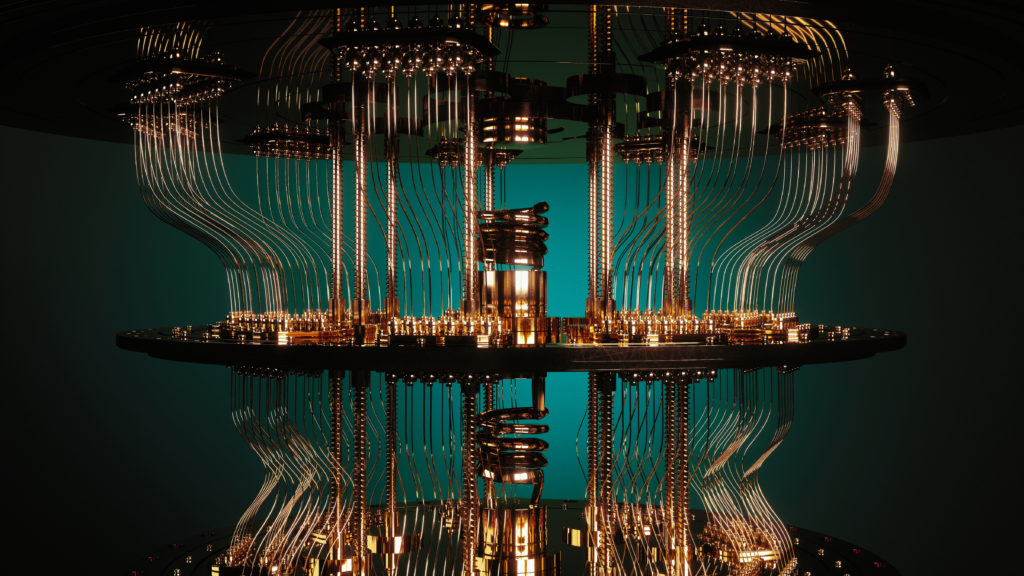
Quantum Computing (1/3)
Hello and welcome back to DELving into RF! We’ve spent a few blogs on space, so it’s time to pivot and focus on the quantum computing industry. This is part one of a three-installment story, bringing you from big-picture quantum computing goals and a background on quantum knowledge, to steps the industry needs to take (from my lens), to the ways XMA contributes to this pipeline. As you may know, XMA sells cryogenic coaxial interconnect components for the quantum computing industry, and is constantly innovating new products to decrease thermal noise and increase density in the system. Now you may be asking: why are these two goals so important? Hold your horses, we’ll get there in Part 3! Before we get there, here’s the background you may be looking for:
The exact goals of the quantum community differ depending on who you ask, but the goals focus on two things: to solve problems we have previously been unable to solve, or to solve classical problems in a fraction of the time. The problems quantum computing is looking to solve include chemical discovery, traffic simulation, banking encryption, physics modelling, and weather forecasting, just to name a few. But how will this new technology do this?
We’ll start with the basics. (And disclaimer, this is from a physics perspective). The first key distinction in quantum computing is classical bits (bits) versus quantum bits (qubits). Currently, the individual bits in our computers, phones, or tablets are binary. Binary means they have two options: they can be 0 or 1. One of the most common analogies for this binary is flipping a coin: when it lands, you can have heads or tails. In quantum, however, qubits can be in “superpositions”. This is when the coin is still flipping through the air, holding the state “heads” and “tails” at the same time. This becomes more nuanced when we consider that each state has a probability, but that part is outside the realm of this blog. Qubits are not one or the other, they are in both “neither” and “both” states. So, how does this increase our computing abilities and allow us to model a chemical? N number of bits can hold N pieces of information, while N number of qubits can hold 2^N pieces of information. Say we have 8 of each. The classical computer holds 8 pieces of data, while the quantum computer holds 256 pieces of data. With 30 of each, we have 30 pieces of information stored and manipulated in the classical computer, and over a billion pieces of information stored in the quantum computer. As we scale this number, the difference becomes more pronounced.
I encourage you to follow any curiosities you have at the links below. If you want to hear how we are scaling this number of qubits from a hardware perspective, I’ll see you here next month! In the meantime, if you have questions or want to nerd out, drop a comment or email me at mpierson@xmacorp.com. Happy exploring!
Links:
IBM’s “What is Quantum Computing” : https://www.ibm.com/quantum-computing/what-is-quantum-computing
Science Magazine’s “The Biggest Flipping Challenge in Quantum Computing”: https://www.sciencemag.org/news/2020/07/biggest-flipping-challenge-quantum-computing
University of Waterloo’s “Quantum Computing 101”: https://uwaterloo.ca/institute-for-quantum-computing/quantum-computing-101#Superposition-and-entanglement


